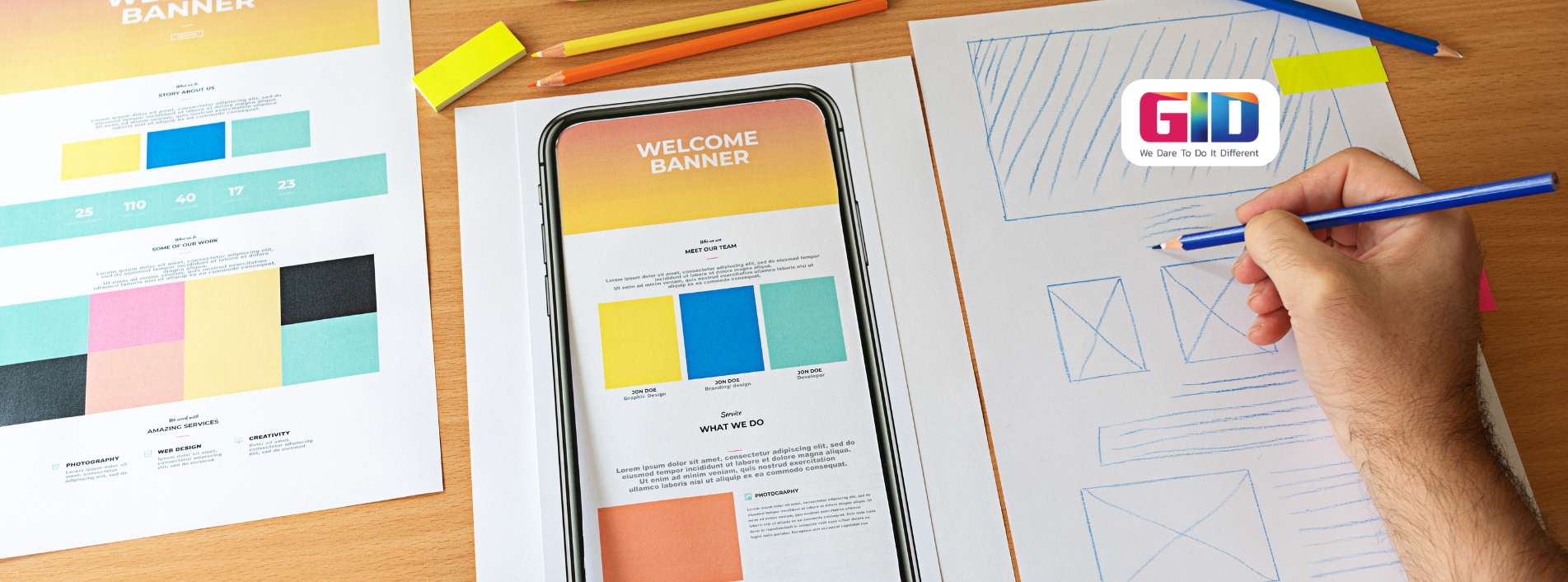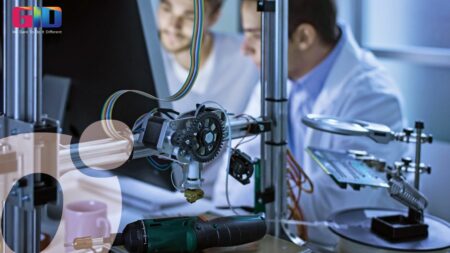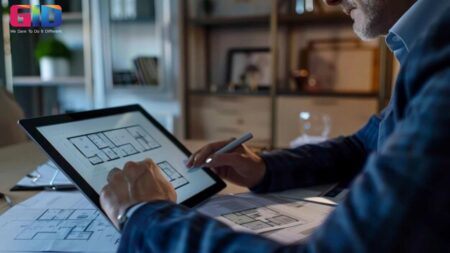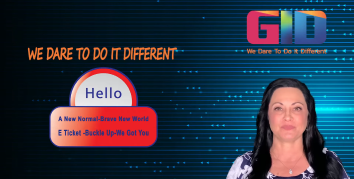Your New Product Prototype Development is crucial to bringing your innovative ideas to life. Year 2014 is in full swing, and we are sure that most of you would have formally or informally made some resolutions on your to-do list of the year. At the end of the day, most business owners would have vowed to get their product idea off the ground. It is quite easy to fantasize about a new product development and see your product decorated on store shelves; however, there are hundreds of backend processes that need to take place first.
Being a California based product manufacturing company, GID would like to take a moment to discuss some of the necessary steps you can take to get your concept out of your head and get a great “Works-Like” new prototype that will propel you on your way to success. A brand-new product prototype development is a key part of making your concept a profitable reality. This is the product that you will put forward to your future investors to convince them. Here are some of the key points you should consider when developing a prototype for your new product prototype development.
Get Started with Your New Product Prototype Development
As a first step, for product prototype development, you will need someone proficient in drafting software, such as CAD and its variations. First of all, generate a digital mock-up of your product that can be viewed on a 3D plane. Check, whether the connections, balance and angles are mathematically sound.
Try to Keep Your New Product Prototype Development Simple
When developing a product prototype, remember that the fewer parts it has, the better. For example, if you are manufacturing an electronic prototype, ensure you don’t have too many complicated connections. If you are offering a physical non-tech product, make is artistically pleasing and simple looking.
Follow the thumb-rule – use as few parts as possible to develop the most consistent-looking design. If it is feasible to combine multiple components into one, then just do it. Try to keep your product simple, as it will produce a unique impression.
Transforming the Digital into the Physical in Your New Product Prototype Development
Now, as you have an optimized digital prototype of your concept, move on to the next step and make it real. Following the diagrams you created on your computer, use cardboard, wood or foam to make a non-functional replica of your product. The process of developing a replica can be time-consuming and frustrating, but it is an important step to get the physical feel of your product. Once it is ready, you need to analyze it to find out whether it is the design you were aiming for or not.
Transforming the Physical into the Functional
It’s time to convert your physical into a real product because meeting your potential investors with a piece of foam can be worthless. List down all the components you need. If it is a tech product, then double check its wiring or hire someone skilled in electronics. Visit your local stores, to purchase all the required materials. Fortunately, if you have access to a workbench and proper tools, then you can create a decent working prototype by yourself.
Refine Your Prototype During Your New Product Prototype Development
Don’t worry, if your newly developed product prototype appears like a high school metal shop project. It is your first time; therefore, chances are it won’t look professional at all. However, keep the physical appearance aside for a while and test the functionality, because if it functions well, then you just have to polish the aesthetics. Possibly, you may need to generate numerous prototypes before you finalize one that is more in line, with what you had wished for in the beginning. However, once you do, you have a presentable prototype for your investors and also for the next production phase.
Include Instruction in Your New Product Prototype Development
Once you present your fully functional product prototype to your investors, you will want to add a printed guide on its assembly. Carry two prototypes with you – one assembled and another disassembled, so you can demonstrate the innards of the product. Make your investors conscious about the costs of all the components and your prospective retail price. This will give them a clear idea of the all-important profit margin. However, be careful that companies and investors may steal your concept if you give them too many details. To avoid such circumstances, you can draft a non-disclosure agreement by a local lawyer.
Getting started with a new / custom product development is sometimes a frustrating job. You can use these tips to get your concept on the way to market. Sketch your concepts, do some market research, and start developing some prototypes for your product. New Product Prototype Development is very important.
We can help, if you need more information on product prototype development or custom product manufacturing. You can see some of our developed products.
For any kind of assistance, call us at 714-323-1052 or fill this form.

















